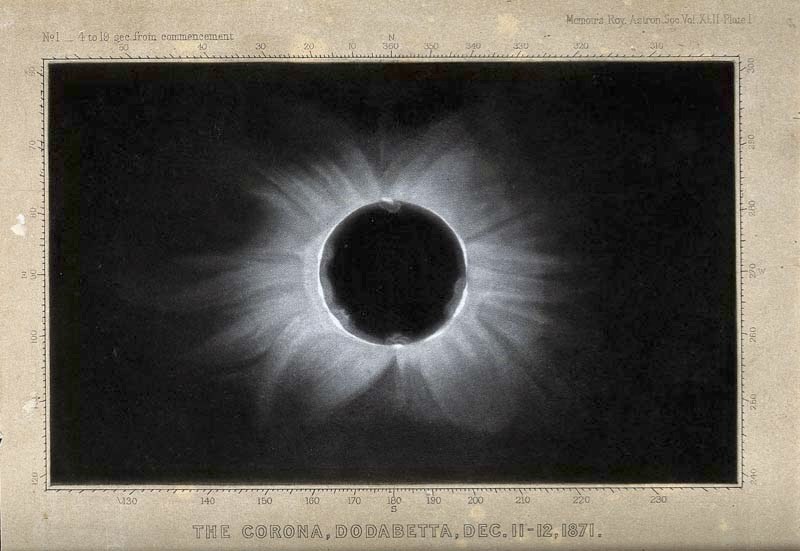It might not be an once-in-a-lifetime event but Cochranites will have to wait seven years if they miss August’s solar eclipse.
“To just experience it – it’s fascinating to watch,” said Tim Giese, Cochrane’s amateur astronomer, of the Aug. 21 event.
Described by NASA as one of “nature’s most awe-inspiring sights” the moon will completely cover the sun – only 80 per cent coverage visible in Cochrane – and enhance viewing of the corona. This will be the one visible solar eclipse in the community since 2014.
The next solar eclipse visible in Canada is 2024.
“You’ll be able to watch it anywhere (in Cochrane),” Giese explained.
The amateur astronomer said the biggest thing people can do to get ready is obtain proper eye wear.
“You have to use the right eye wear to view it – there will still be some sun that is visible which can cause permanent damage to the eye,” Giese said.
According to the NASA eclipse 2017 website, the only safe way to look directly at the uneclipsed or partially eclipsed sun is through special-purpose solar filters or hand-held solar viewers with only four manufactures meeting standards: Rainbow Symphony, American Paper Optics, Thousand Oaks Optical and TSE 17.
Giese said solar lenses are available at Telus Spark, some telescope stores in the surrounding communities (such as Didsbury) or on Amazon – all at really “affordable prices.”
“Because about 19 per cent of the sun will still be visible observers have to use appropriate safety viewing glasses … do not use things like exposed film, sunglasses, photographic filters, smoked glass CDs, etc,” Giese stressed.
If Aug. 21 proves to be a nice, clear day, Giese said he will take the morning to mid-afternoon off to set up at Mitford Park where he invites those interested to join him where he will have extra solar glasses.
“Cochrane has an unlucky streak for celestial events,” Giese said with a laugh.
“But the next one we will have to wait for seven years.”
The eclipse is scheduled to start on Aug. 21 at 10:20 a.m. with midpoint at 11:35 a.m. (when coverage is most visible), ending at 12:30 p.m.
For more information on the 2017 solar eclipse, go to eclipse2017.nasa.gov.




